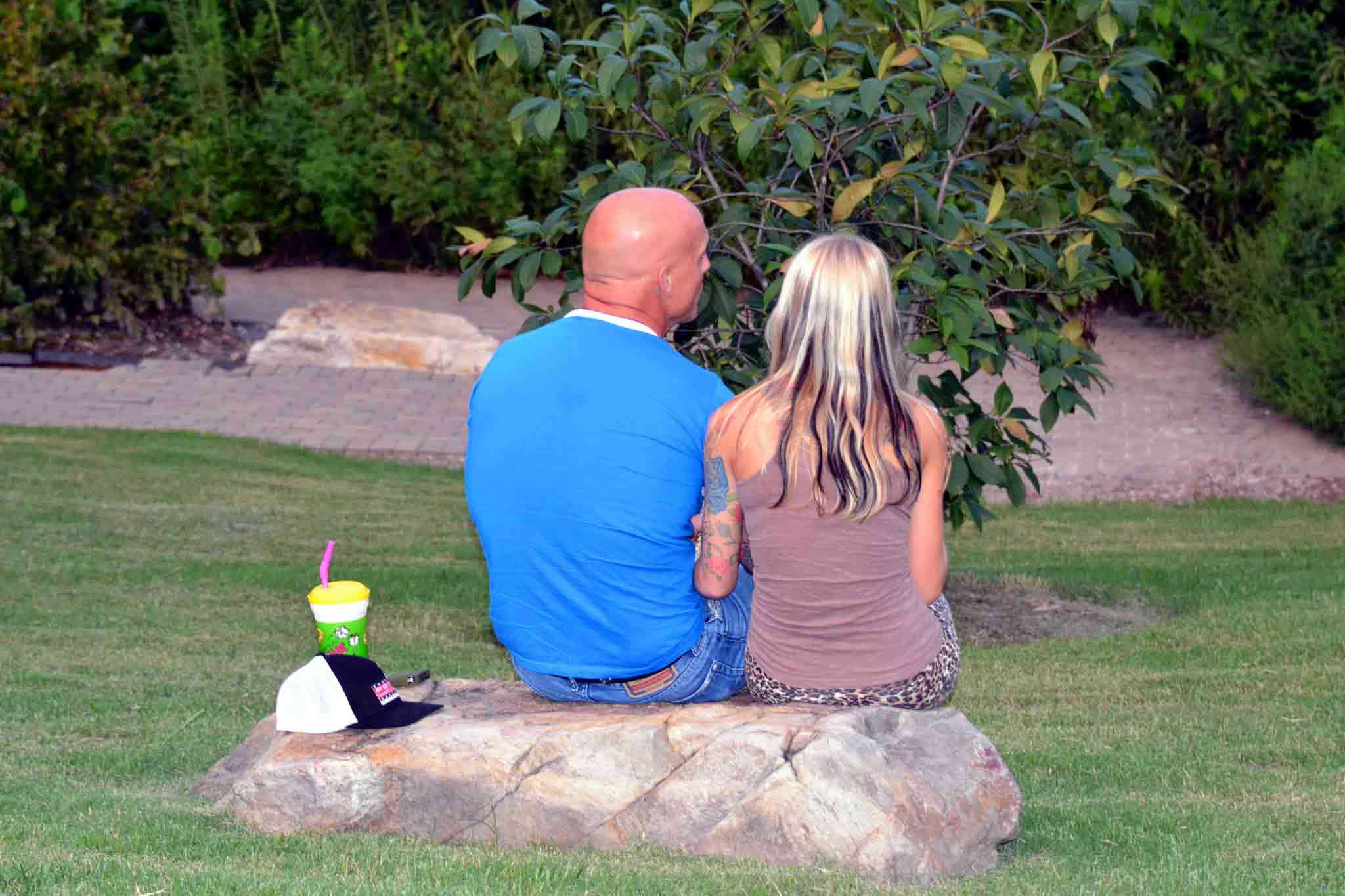The Art and Artifacts of Grieving
Endings and Leavings | Part 5 of an 8-part series on the deeper Self that awakens in laboring through grief, living through loss, and embracing endings as the seedbed of new beginnings
 Grieving is not simply a process to follow or a season to passively endure. It is not something that merely happens to you. Grieving is a creative act that eventually inspires change and renewal, as we work to heal the traumatic endings of our past. To grieve is to create.
Grieving is not simply a process to follow or a season to passively endure. It is not something that merely happens to you. Grieving is a creative act that eventually inspires change and renewal, as we work to heal the traumatic endings of our past. To grieve is to create.
Embodying Memory
In grief counseling, rituals and artifacts help us to embody the unresolved endings that we tend to float above or fearfully shut down. To “embody” an ending means to experience it viscerally and somatically – being present to what the heart, mind, and body are sensing in their sorrowing and celebrating. To embody an ending is also to embody memory. At some level, our present endings reverberate with painful or traumatic losses from our past that we are still “reliving,” often without realizing it.
Trauma and Grief: Reliving Versus Re-membering
Reliving is not the same as healthy remembering. And remembering is not a pointless exercise in dredging up or ruminating about a past that should be left alone. Because in reality, this “past” is stuck in and already interfering with our present (see Part 2 and Part 6).
As I’ve said, remembering is very future-oriented work in that it makes space for your deeper “becoming” Self to more fully emerge, instead of fearfully sabotaging life in the moment.
Remembering the past helps to “re-member” or reconstitute – to put together – the dissociated or disintegrated parts of the Self that are still defending against (and so reliving) the emotional trauma associated with unresolved endings.
Which brings us to the re-membering and futuristic work of rituals and artifacts.
 Stones on the Altar
Stones on the Altar
The Israelite of the Old Testament were exhorted, over and over again, to “remember the Lord your God.” They ritualized this command by building giant stone altars to mark where they had experienced God in the wilderness – altars that would serve as beacons of remembrance and worship for generations.
If altar-building is the ritual, then consider the altar’s stones as artifacts – redeeming mementos of reflection that can be carried in one’s satchel for the journey ahead.
Creative Grief: Artifacts as Artwork
Grief counseling recognizes the creative life-force that ferments in the dark womb of doubt and despair. The contractions feel like too much to bear, but they birth courageous acts of transformation.
I’ve been moved by clients who have ritualized and storied their grief.
I’m remembering “Sandy,” a 50-year-old adult survivor of family incest. Leaving a counseling session one afternoon, Sandy was detoured by road construction and ended up on a side of town that she had avoided for the past 20 years.
She paused, her body knotting with nausea as she crested a hill. The old neighborhood came into view, but she no longer wanted to turn back. A minute later she was in front of the house where, as a little girl, her horror had played out weekly for more than a decade.
Parked safely across the street, Sandy allowed herself to take in the homestead’s decaying façade and ragged shrubbery. The more she stared, the more the house seemed to betray the family’s powerful socialite standing in the community. It seemed ready to expose the shameful family secrets it had guarded – the very shame she had been forced to bear all these years.
Sandy returned home and unboxed the few existing childhood photos of herself that she’d kept hidden away. She began to tenderly arrange these “artifacts” in a photo collage.
The “rituals” of weekly counseling and artwork helped to create space for Sandy to continue playing with these artifacts in her own way, at her own pace. Over time, she was able to exert a creative control over a chaotic part of the story, and to author her vulnerability with a newfound authority.
The innocence raped, the childhood prematurely “ended,” was being violently re-enacted in Sandy’s adult life. For years, she’d been performing and caretaking for a dismissive and emotionally abusive husband. She’d been hiding behind an easygoing, apologetic smile.
As Sandy became reacquainted with her banished younger Self, she began to set healthy boundaries others and to risk naming and asserting her deeper desires. She began to bless the body she had turned against with contempt – her own.
 Creative Grief: Gathering to Bear Witness
Creative Grief: Gathering to Bear Witness
I’m remembering another client, “David,” a man whose wife walked out on their marriage and chose another relationship over reconciliation efforts.
During a significant period of grief counseling, David began to embrace and re-narrate the meaning of certain glossed-over rejections (endings) in his past. He began to distinguish his deeper Self from the subtle false-self roles and faulty old scripts he’d been following to protect himself.
He decided to mark this formative season by inviting close friends from his church community to a unique, ritualized gathering that he designed himself.
Using the “artifacts” of David’s carefully selected readings, hymns and prayers, the group observed and grieved an unwanted ending that had impacted everyone in the community. They shared stories. They broke bread.
Together, they bore witness to the silent, ceremonial act of David removing his wedding band.
And together, they celebrated hopeful beginnings for their friend – including a new vocational ministry path that was emerging from the ruins of shattered dreams.
Adding to the symbolism of endings and beginnings: this service grieving David’s divorce was celebrated on his birthday, a day he had always overlooked.
Christian Counseling: Renewing the Mind, Retelling the Story
Remembering helps to restore the brain – to “re-story” the brain, I would say. The storyteller is changed through his or her changing relationship with the past. Note: this change doesn’t require a comprehensive, or even accurate, recall of the past. Research shows our memories are biased and highly filtered, anyway.
In professional Christian counseling, the real reckoning with our past is not in the factual details. Rather, it’s in rooting out the shame that’s holding us hostage, there, and confronting how we’ve been groomed to conspire with this shame by sabotaging our hope.
Why are we so bent on sabotage? As we’ll explore in Part 6, often we’re unconsciously driven by a “fear of breakdown” – a breakdown that’s already happened.
The future work of remembering means simply this: to more fully embody your life’s sorrow and celebration. And, to risk solidarity with others who are learning to bravely retell, and co-author, their stories with the God of dreams and desires.
Cashdan, Sheldon. (1988). Object Relations Therapy: Using the Relationship. New York City, NY: Norton, W.W. & Company, Inc.Photos
“Remember When,” courtesy of Ben Grey, Flickr CreativeCommons (CC BY-SA 2.0); “A Single Leaf,” courtesy of Shaunne Thomas, Flickr CreativeCommons (CC BY 2.0); “The Struggle,” courtesy of Gabriel Kronisch, Flickr CreativeCommons (CC BY 2.0)






